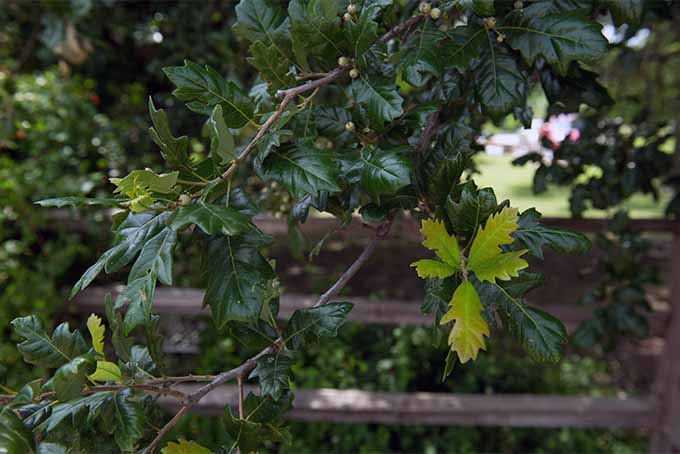Thirty-five years ago, Bob Piaschyk had no idea that a routine delivery of some live oak trees to his family-owned nursery outside of Dallas would launch a lifelong, dogged pursuit of a new species.
That sunny day so many years ago, as his shipment was being unloaded from the delivery truck, the sharp-eyed Piaschyk noticed three specimens that were not like the others.
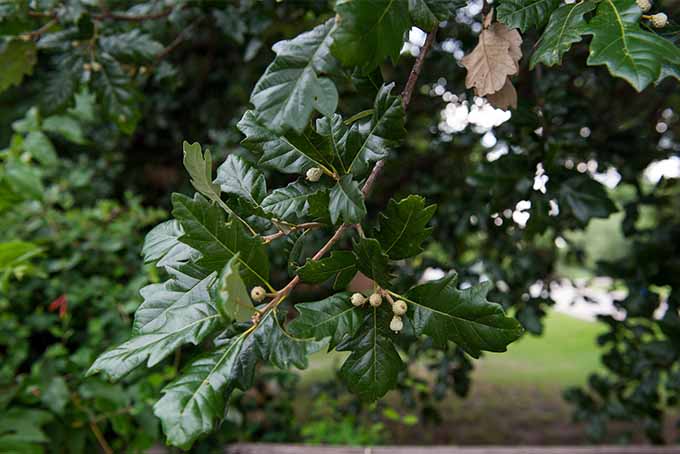
These three didn’t quite look like what live oaks — or any tree he was familiar with — are supposed to look like. As the owner of a large and reputable garden center called Treeland, Piaschyk knows how various species are supposed to look.
These three stood out.
“They were some sort of cross,” he said. “I wasn’t sure what, but I knew they weren’t pure live oaks.”
A Series of Smart Moves
Curious, he pulled the interlopers aside. Some might have tossed the oddball specimens in the waste bin, but a natural curiosity led Piaschyk to hang on to the trees.
For many years, he left these botanical oddities in their containers, nurturing and watching them, but not ready to commit them to earth.
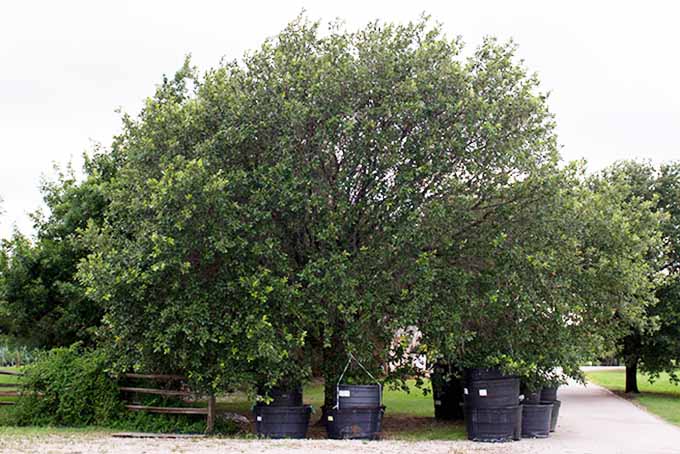
At some point, Piaschyk and his wife, Pat, moved their growing business to larger grounds, a 40-acre verdant paradise in tiny Gunter, Texas, that Piaschyk fondly refers to “the farm.”
Here, the curious tree farmer finally put his unusual specimens — two of which were similar, while the third was different — into the ground. As they matured, one of the trees — the true anomaly — morphed into a showstopper.
What Is It?
But what species was this tree?
“It’s complete guesswork. You see tendencies in the bark, the branching, and you speculate,” says Piaschyk. “It kind of looks like a cross between a live oak and a burr oak.”
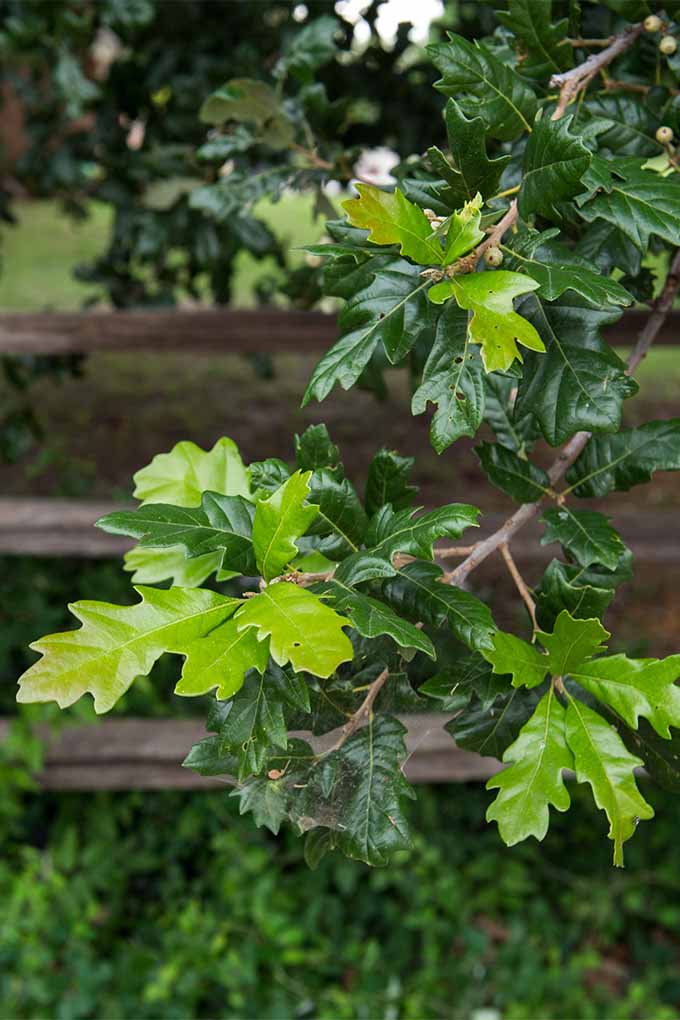
“The leaves, though, are more like those of a ‘Nelly R. Stephens’ holly, but bigger. They’re huge and shiny,” he adds.
The tree, he says, is tall, very wide, and “the density is off the charts!” Lots of inner branching gives the tree a lush, full appearance, he says.
One of his customers took the leaves and acorns to a PhD at A&M, who agreed that it looked like a live oak-burr oak mix.
Piaschyk has considered having the specimen’s DNA tested, but that hasn’t made its way into the budget yet.
Everyone who sees the tree at the farm loves it, he says. “People are always looking for wide trees. They walk by this one and they exclaim, ‘What is this thing?’”
So many compliments made Piaschyk wonder if he could reproduce and sell it to his customers.
Over the years, he collected and planted thousands of acorns from the oddball specimen, but none produced a tree that looks the same as the mother plant.
“About half the plants that resulted from the acorns looked like burr oaks,” he says. “The other half didn’t really look like live oaks — they looked really weird, like a new species.”
But they didn’t look like the attractive tree that garners so many compliments at the farm, he adds.
The Clone Wars
As it became clear that acorns weren’t going to propagate an exact match to the unusual beauty, Piaschyk — a humble man who’s quick to say he’s by no means a scientist — turned to other methods.
At the moment, he’s got a bit of a “crazy system” rigged up, trying to root low-hanging branches. “I’ve got several 200-gallon buckets stacked up to reach the bottom of branches.”

Dirt in the top bucket provides an encouraging environment for the tree to root and hopefully create a clone.
“I’ve got the branch tied to holes in the bucket to keep it steady,” he says.
And, although many experts have told him it’s pointless to try to clone the tree from cuttings, Piaschyk isn’t one to give up easily.
In an ironic twist, he reached out to the grower from whom he’d sourced that fateful batch of live oak trees so many years ago.

This outfit claims to be pretty successful at rooting hardwood, and so Piaschyk is preparing to take a large number of cuttings from the big beauty and deliver them to the operation near Waco, Texas.
He’s hoping they can successfully propagate at least 10 good specimens.
The Next Steps
Should he get the 10 starts, he says, “I’ll leave them in containers until they’re about five years old and start producing acorns.”
Then he’ll take them to the middle of an empty field and plant them where they’ll be free of potential pollen interference from other tree species.
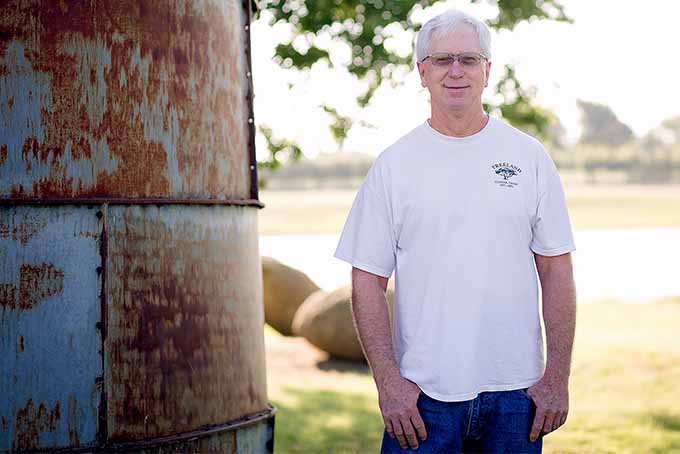
As they grow, he’ll harvest the acorns, plant them, and hopefully produce a marketable product — a clone of the original quirk of nature.
The new species may have to be DNA tested to confirm its uniqueness and to be patented, but all the work doesn’t faze him.
He has a few very important reasons for all this effort.
Why Go to All This Trouble?
Piaschyk knows he could have turned the tree and its propagation over to “experts” many years ago.
But for him, it’s truly a labor of love. It’s a process that he enjoys. “I like talking to people about Mother Nature,” he says.
“I don’t want to turn my little baby over to someone else. I want to see it through,” he adds. “It’s nice to be able to accomplish something.”
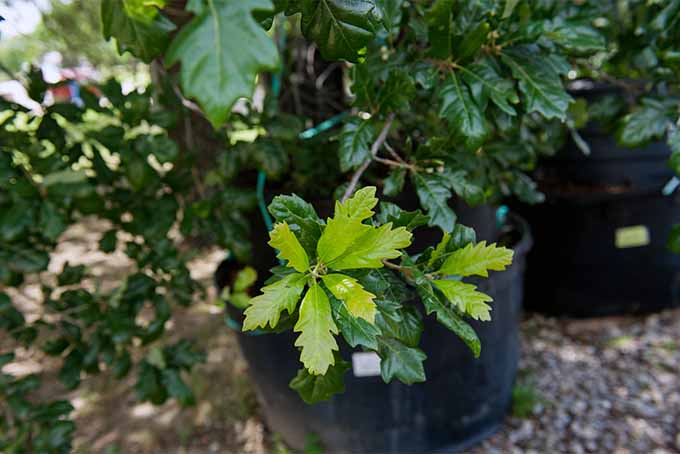
Furthermore, he isn’t trying to become a Rockefeller off a new tree species. It’s more personal.
“I’m blessed that my children have followed me into this business,” the 64-year-old says. His adult son and daughter both work on the farm.
“If I can leave a legacy and security for my children and my grandchildren, how wonderful would that be?” he asks. “It’s all for them.”
Round Two?
Incidentally, these three specimens were the only true oddities he’d seen for many, many years. Recently, however, another oddball landed in his nursery.
“It looks like a live oak, but with bright red leaves!” he enthuses.
A commercial grower noticed the anomaly, and wanted to take the tree to try to replicate it, but Piaschyk opted to hang on to it, tucking it aside. Sound familiar?
Can’t you just hear Bob Piaschyk’s wheels turning?
We’ll Keep You Posted
What’s happier than a hard-working nurseryman discovering a new species, successfully propagating it, marketing it, and sending his grandkids to college on the proceeds?
We’re firmly in Bob Piaschyk’s corner, and we’re hoping you’re as fascinated by this possible new tree species as we are.
If you’re ever in Gunter, Texas, stop by and check out the mystery specimen. Be sure to ask for Bob; he’s a really nice guy who’ll be pleased to tell you his tale.
Inspired to add a tree to your yard? We’d like to suggest the Mexican white oak, a quick-growing favorite! You’ll be able to grow some much-needed shade of your very own in no time.
We will keep in touch with Piaschyk, and will keep you updated on his progress. Perhaps you have some name suggestions for his new species? Share them in the comments area below!
© Ask the Experts, LLC. ALL RIGHTS RESERVED. See our TOS for more details. Photos via Denise Piaschyck, Treeland Nursery. Reprinted with permission.
